Nublang is the native cattle breed of Bhutan, with its original home tract in Haa Sangbeykha of Western Bhutan. The word Nub means west and Lang is a general term used to describe male cattle. The terminology, therefore, links its origin to the western part of the kingdom. Locally, the breeding bull is called as Phalang, pha indicating paternal lineage. There are also other terms like Nub-lang, Tso-lang, Tha-lang, Chuklang. The female counterpart of the breed is called as Thrabum.
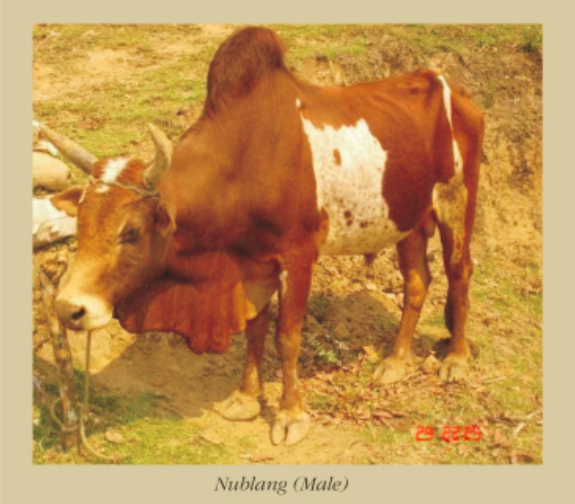
Nublang /Thrabum have a typical cervical hump of Zebu type, pendulous dewlap and a long tail with thick switch touching the ground. Physical characteristics of Nublang/Thrabum in accordance with desirable/undesirable physical traits/breed standards are described in Table.
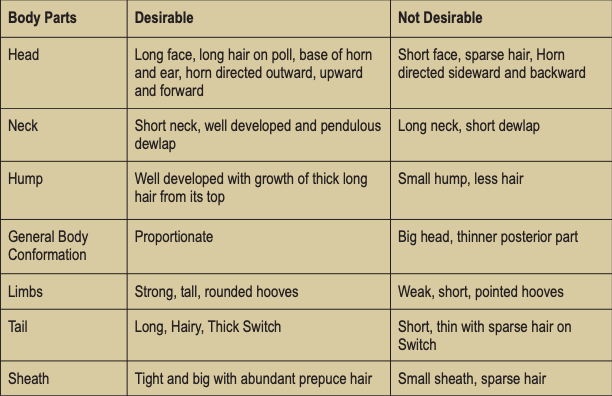
History
Existence of Nublang, the native local breed of Bhutan, traces back as far as 1,000 years. The Nublang origin is linked with the legendary lake – Nub Tshonapata, located on the western mountain ranges of Haa, above Nakha village in Sangeykha geog. The legend, holding good over many generations, is that the first breeding bull was given to a cow herder as a return gift for his generosity in providing a night shelter and food to a troubled Tshomen of Nub Tshonapata. The cow herder was thanked by the Tshomen who promised that he would be rewarded for his generosity with a bull. As promised, after few days of the departure of Tshomen, the cow herder saw a weak bull heading towards his herd. The herder took good care of the bull, which produced many offspring. Soon the Nublang breed became popular and widespread in the region. Thus, Sanbeykha geog came to be known for the best Nublang breed in the Kingdom.
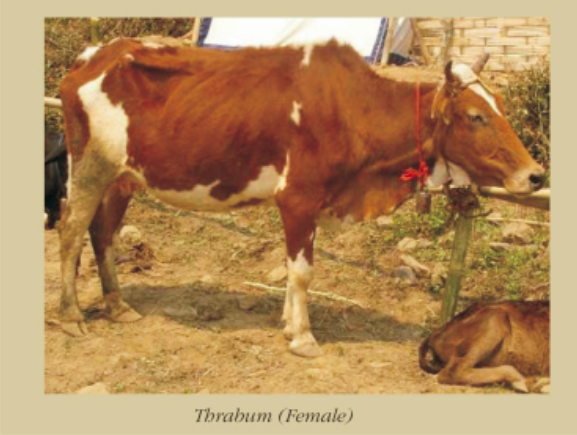
Genetically Unique Cattle Breed of Bhutan
Nublang is stabilized breed that has evolved from the crossing of humped cattle of Indian plains with that of humpless cattle migrated to southern slopes of Himalayas from Tibet. In eastern Nepal, Darjeeling and Sikkim in India, such cattle are called as Kachcha Siri, Kachcha meaning false. Comprehensive research on genetic diversity of Bhutanese Nublang with that of other cattle breeds in the region indicated genetic uniqueness of the breed. Bhutan is the original home tract of this cattle breed and substantial populations still exist. In India and Nepal, the cattle are already diluted with exotic breeds especially Jersey, Brown Swiss and Holstein Frisian. This breed is localized to conditions in the sub-tropical zone although it is prevalent from alpine to lower sub-tropical areas. It migrates to higher areas during summer and low-lying zones (warmer zones) in winter. It is known that these animals like the deciduous vegetation and produce best in temperate climates.
Nublang Population Status in the Breeding Habitat
The present local cattle population in Bhutan is estimated at 208,783 spread over the districts as shown in Figure.
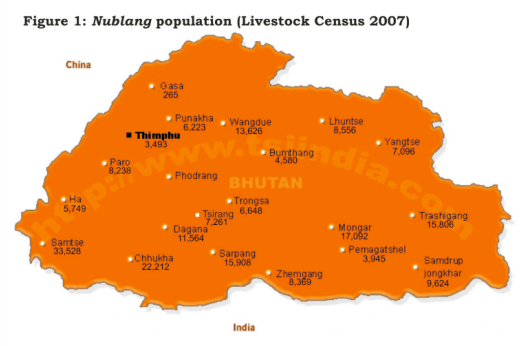
However, this census does not reflect the true Nublang population because Mithun hybrids and backcrosses are also included in the figure. Livestock experts are of the view that true Nublang resources may be less than 10% of the total compared to that reported in the census. The recent survey of Nublang cattle in its breeding tract at Haa Sangbeykha recorded only 697 cattle. This was alarmingly low compared to more than 5,000 heads in the nineties indicating a drastic decline in the Nublang population.
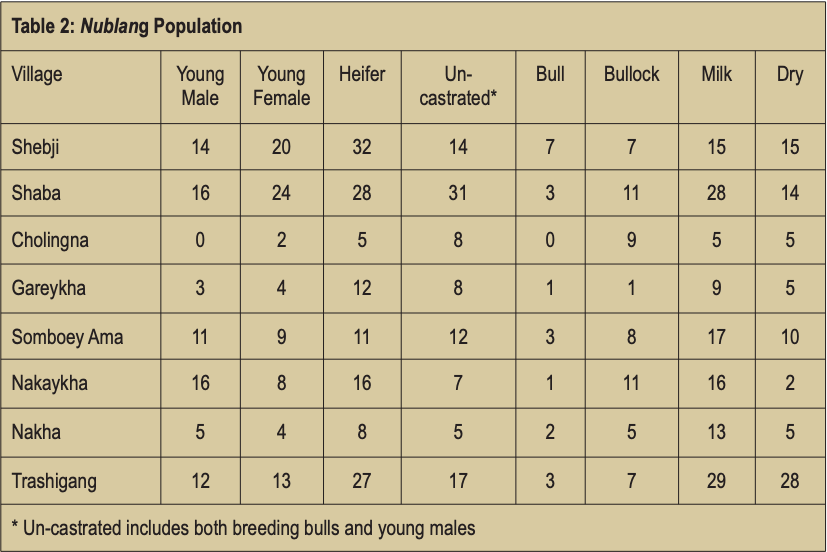
Thanks : Tashi Dorji, Lham Tshering, D.B. Rai